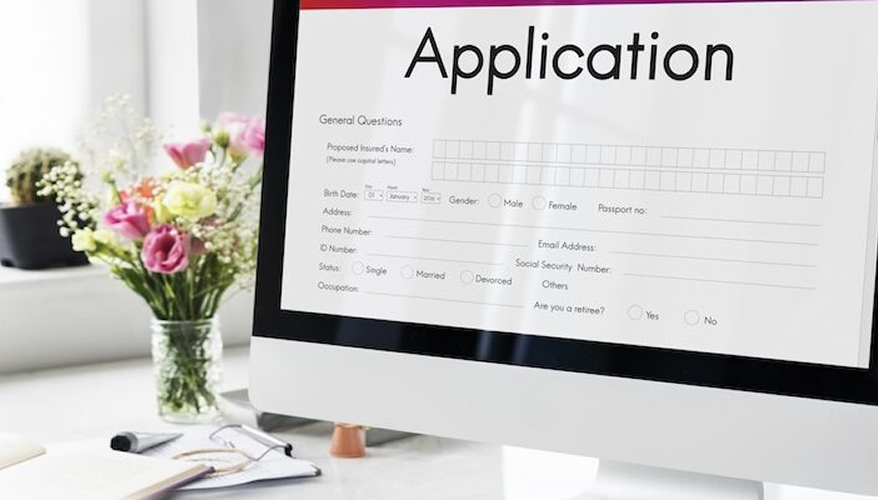The government of Singapore has been successful in ensuring an excellent environment for citizens to thrive. One scheme towards this goal that has grown in popularity and proven to be sustainable for the country is the Central Provident Fund (CPF). This fund is essential to the social security of both Singapore citizens and permanent residents (PR). As an aspiring permanent resident or one already with a PR status, the CPF is something you will need to be familiar with. To that end, the following sections will provide details about the CPF in Singapore.
What is the Central Provident Fund?
The Central Provident Fund (CPF) is a concept developed to ensure that Singapore citizens and permanent residents have enough savings for expenses such as home ownership, medical care, and retirement. It is a scheme that compels citizens to save for buying their home, emergency medical expenses and retirement days because most people would naturally not do so otherwise.
Automatic deductions from workers’ monthly salaries help support the fund. The funds in your CPF cannot be used for casual purposes, such as paying your rent; they can only be used for certain worthwhile purposes, such as investments.
It is important to note that not all working citizens and PRs are required to contribute to the CPF. Only employees earning more than $500 per month are required to make monthly contributions to the CPF. The deductions from your monthly income are sent to several CPF accounts under your name; we will carefully examine these in the next section.
Types of Central Provident Fund (CPF) Accounts
The four accounts available to Central Provident Fund members are;
- Ordinary Account
- Special Account
- Medisave Account
- Retirement Account
These accounts serve different purposes, and the percentage appropriated to them from monthly salary deductions varies. Normally, the amount deducted is divided among the first three accounts, with the Retirement Account being a combination of your Ordinary and Special accounts. This combination only starts to be done when you reach the age of 55.
The Ordinary Account can be used to fund investments, tertiary education, and housing, with a portion of the balance set aside for retirement. The funds in the Special Account are primarily for retirement, but they can also be used for certain purposes.
Finally, as the name suggests, the Medisave Account is an account devised by the Singapore government to help its residents cover their medical bills and related expenses. It is important to note that contributions to the accounts mentioned above will include those deducted from annual bonuses. Likewise, contributions will not be suspended in the event a person goes on leave from his work.
What Amount Is Deducted from Your Monthly Salary for CPF?
Employers are required by law to deduct a portion of their employees’ monthly wages as a monthly contribution to their CPF accounts. Their companies are also required to deposit a certain percentage into the CPF accounts of their employees. Regardless of whether the employee is a citizen or permanent resident, the percentage that needs to be contributed by both the employee and the employer is determined by the employee’s age.
Citizens and PRs under the age of 55 who earn more than $500 per month must contribute 20% of their monthly salary to their CPF accounts. On the other hand, the employer contributes 17% of the employee’s monthly salary to the employee’s CPF accounts. This amounts to a total monetary contribution to the fund of 37% of the employee’s monthly salary.
For people aged 55 to 60, employers must make a 14% CPF contribution, and employees must contribute 14%. Employees between the ages of 60 and 65 get a 10% CPF contribution from their employer and must make a personal contribution of 8.5%.
For those aged 65 to 70, the employer and employee contributions to the CPF are 8% and 6%, respectively. Lastly, individuals over the age of 70 must contribute 5% of their monthly salary to the CPF, while employers must contribute 7.5%.
New PRs’ Contribution to CPF
Permanent residents who are currently working begin contributing to the CPF on the date their status is fully recognised. However, as new PRs in the country, having such a large sum deducted from their monthly salary can be taxing.
As a result, a scheme known as the graduated employee-graduated employer rate has been made applicable to them. This rate allows new PRs to have their CPF contribution rate reduced for the first two years they are working in the country.
For the first year, the CPF employee contribution is 5% of the ordinary wage (capped at $300) plus 5% of the additional wage, and the employer contribution is 4% of the ordinary wage (capped at $240) plus 4% of the additional wage.
For the second year, the CPF employee contribution is 15% of the ordinary wage (capped at $900) plus 15% of the additional wage, and the employer contribution is 9% of the ordinary wage (capped at $540) plus 9% of the additional wage.
Employers have the freedom to ignore the reduced rates and contribute the full amount to their employees’ CPF under what is known as the graduated employee-full employer rate.
When Are Members Eligible to Access their CPF accounts?
Accessing your CPF accounts becomes necessary after retirement or when you need funds for specific investments. Although there are no set rules for accessing funds in the CPF before retirement, applying for funding for specific investments at any time is permitted.
For example, you can invest money from your CPF account in unit trusts, shares, investment-linked insurance, and other similar products. In addition, funds from your Medisave account can be used to purchase an Integrated Shield Plan.
An Integrated Shield Plan is private health insurance that can significantly supplement your MediShield life account. As a citizen or permanent resident of Singapore, a MediShield life account will automatically be opened for you.
If you want to buy a house, you can use some of the money in your Ordinary Account (OA) to do so. The amount you have in your OA can also be used to fund your own or your relatives’ education through the CPF education scheme. Furthermore, the funds in your OA can be used to pay your monthly mortgage payment.
Conclusion
As a mandatory savings program, the Central Provident Fund does a lot to protect the futures of Singapore citizens and permanent residents. This fund enables members to buy homes, make investments, and fund their retirements. This is one of the biggest advantages of becoming a Singapore PR.
Formal workers with a monthly wage of more than $500 are required to join this social security scheme. However, self-employed citizens and permanent residents can also join the fund voluntarily. Members who travel abroad can still retain the funds in their OA, SA, and MA accounts and use them for medical and housing expenses for relatives in Singapore.
If you are considering applying for a Singapore PR, look no further and contact us today. Our friendly consultants will be by your side through the process and even after to make it seamless and hassle-free.








